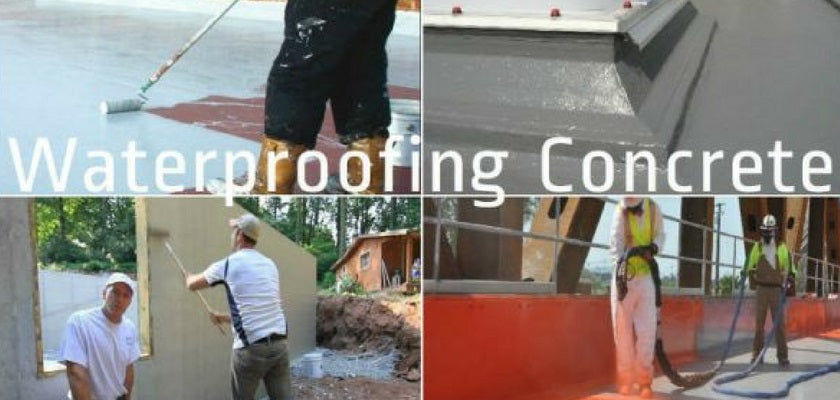How to Waterproof Concrete Surface

Concrete flooring is a prevalent choice for almost any business, and it’s even gaining admiration in home décor as well. Thanks to its genuine quality and lower price tag, choosing concrete is easy. Whether you’re working with decorative stamped concrete or you have overwhelming use concrete floors in a warehouse or auto shop, you need to defend your flooring. If you're building a concrete foundation, or larger parts of your home contain concrete, you may want to consider waterproofing the concrete itself so that your rooms remain fine and comfortable. Read to know how to get started with concrete waterproofing!

Steps to Waterproof Concrete Surface
Prepare Your Surface for Coating
Before going ahead, you need to ensure the condition of concrete. Your surface must be in good conditions, it doesn’t matter whatever waterproofing technique you have! Confirm below things before you proceed:-
Caulking: Use of quality polyurethane sealant to fill joints or cracks that bigger than 6 mm.
Concrete patching- to fill any larger joints, ensuring the concrete patch is completely dried before continuing.
Grinding: Waterproofing membrane needs even surface for adhesion. Thus, make sure that surface is smooth and even.
Clean Concrete
With a rigid brush, some TSP and some water, wash away any free material, oil, or dirt still sticking to the concrete. Most membranes like a spotless surface to adhere to. Let dry before continuing.
Use Asphalt Coating
Self-adhering sheet membranes are substantial, rubber treated asphalt membranes that you peel and place specifically onto the concrete. Sheet membranes boast even thickness, yet are more expensive than liquid membranes, and can take some time becoming used to. You can use Rust-Oleum 380 Non-Fibered Asphalt Coating which is very economical and durable to use. This is the best method to waterproof concrete roof.
Use Concrete Sealer
Concrete looks very beautiful when used in garage or patio but moisture other liquids are always ready to alter the beauty. Basically, concrete surface get stains and starts looking ugly after the penetration of liquid or moisture. Thus, you need to stop the penetration. You can do that by using Rust-Oleum OKON W-2 Concrete Sealer. Its unique blend of acrylic micro emulsion, a proprietary water repellent and silane/siloxane penetrates and ensures the substrate while being extremely permeable to water vapor.
Summary
Waterproof = Watertight + Damp-proof: If you are not worried about dampness or high humidity levels, then watertight is fine. If, for example, you need a truly dry basement or tunnel or corrosion resistant structure, then you require it to be 'waterproof'.

